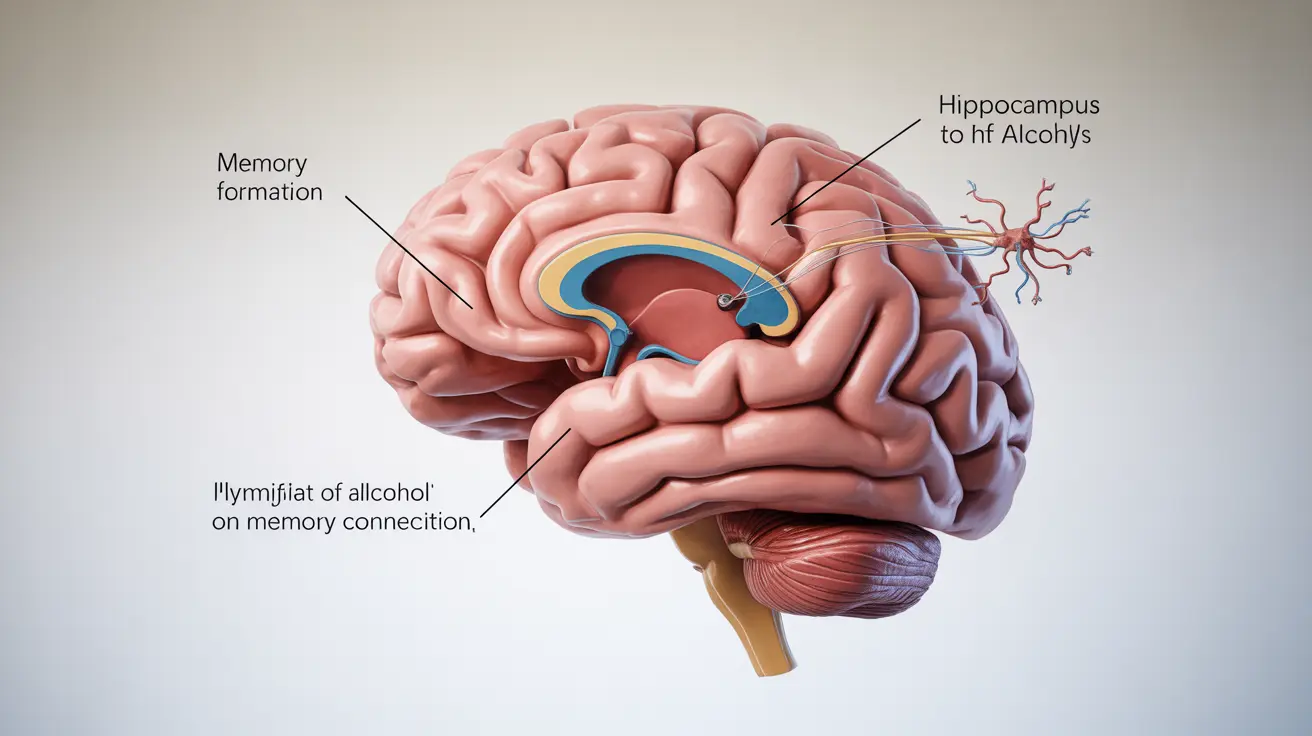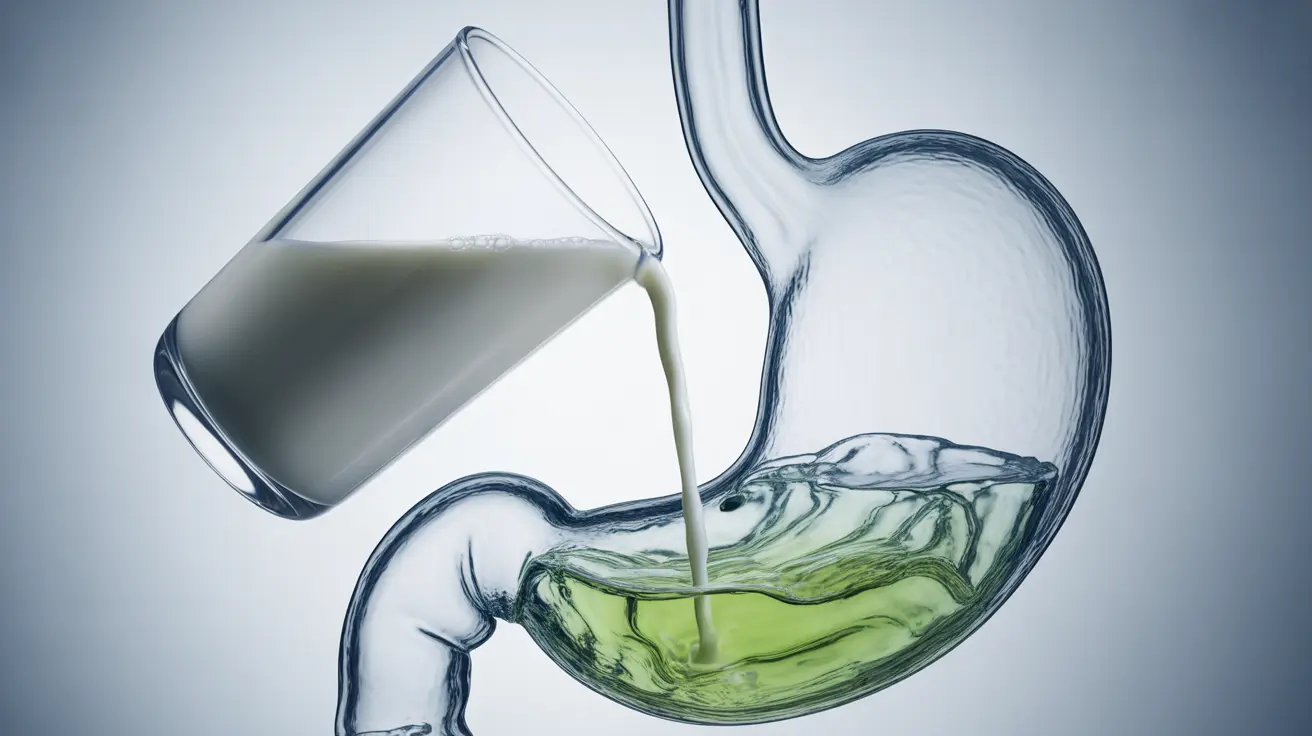Blast crisis represents a critical phase in the progression of chronic myeloid leukemia (CML), marking a significant turning point in the disease's course. This advanced stage requires immediate medical attention and can dramatically impact a patient's prognosis and treatment options.
For patients and caregivers facing this diagnosis, understanding the nature of blast crisis, its implications, and available treatment approaches is crucial for making informed healthcare decisions.
What is Blast Crisis in CML?
Blast crisis occurs when CML transitions from its chronic phase to an aggressive, acute form of leukemia. During this phase, immature blood cells (blasts) multiply rapidly in the bone marrow and blood, compromising normal blood cell production and immune system function.
Recognizing the Signs of Blast Crisis
Early detection of blast crisis is crucial for initiating appropriate treatment. Common indicators include:
- Severe fatigue and weakness
- Frequent infections and fever
- Bone pain and tenderness
- Unexplained weight loss
- Enlarged spleen causing abdominal discomfort
- Easy bruising or bleeding
- Night sweats
Treatment Approaches for Blast Crisis
Managing blast crisis requires an aggressive, multi-faceted treatment strategy. Current approaches include:
Targeted Therapy
TKI (Tyrosine Kinase Inhibitor) medications remain a cornerstone of treatment, though patients may need to switch to newer-generation drugs if resistance develops.
Combination Therapy
Treatment often combines targeted therapy with intensive chemotherapy protocols similar to those used for acute leukemia.
Stem Cell Transplantation
For eligible patients, allogeneic stem cell transplantation offers the best chance for long-term survival and potential cure.
Understanding Life Expectancy and Prognosis
The life expectancy for patients with CML in blast crisis has improved with modern treatments, though outcomes vary significantly based on individual factors such as:
- Response to treatment
- Age and overall health
- Genetic mutations present
- Timing of diagnosis and intervention
- Access to specialized care
Prevention and Monitoring
Regular monitoring of CML patients in the chronic phase is essential for preventing or detecting early progression to blast crisis. This includes:
- Frequent blood tests
- Bone marrow examinations
- Molecular testing for BCR-ABL levels
- Adherence to prescribed medications
Frequently Asked Questions
What are the symptoms of blast crisis in chronic myeloid leukemia (CML)?
The primary symptoms include severe fatigue, frequent infections, bone pain, unexplained weight loss, enlarged spleen, easy bruising or bleeding, and night sweats. These symptoms typically develop rapidly and are more severe than in chronic phase CML.
How is blast crisis treated, and what are the options for managing its symptoms?
Treatment typically involves a combination of targeted therapy (TKIs), intensive chemotherapy, and potentially stem cell transplantation. Symptom management includes supportive care, blood transfusions, and infection prevention measures.
What is the average life expectancy for someone diagnosed with CML in blast crisis?
Life expectancy varies significantly among patients, depending on treatment response and individual factors. With modern treatments, some patients achieve remission and longer survival, particularly those who can undergo successful stem cell transplantation.
Can blast crisis be prevented or delayed in patients with chronic phase CML?
Regular monitoring and strict adherence to prescribed TKI therapy during the chronic phase can help prevent or delay progression to blast crisis. Early intervention when treatment response is suboptimal is crucial.
What are the differences between CML blast crisis and acute myeloid leukemia (AML) in terms of treatment and prognosis?
While both conditions involve excess blasts, CML blast crisis typically retains the Philadelphia chromosome and may still respond to TKI therapy. Treatment approaches overlap but are tailored to the specific disease biology, with CML blast crisis often requiring a combination of TKIs and AML-like chemotherapy protocols.




